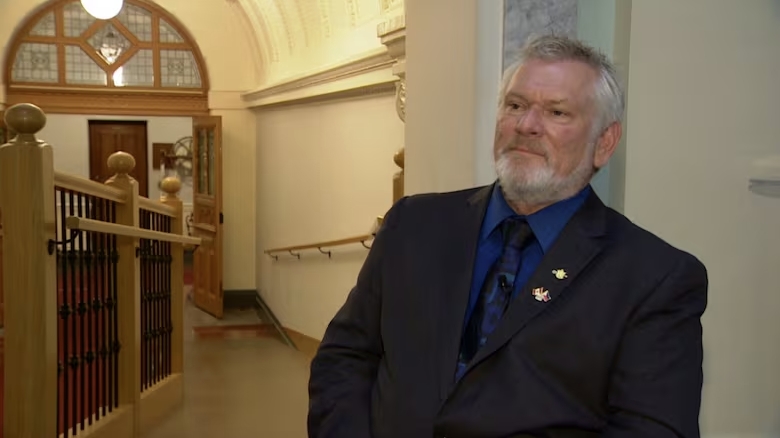B.C. Legislature Still Difficult to Navigate for People With Disabilities, Say Advocates and MLAs
Sarah Desjardins
5/22/20252 min read


The B.C. Legislature remains a challenging space to navigate for people with disabilities, despite recent efforts to improve accessibility. Politicians, advocates, and former staff say structural limitations and a lack of inclusive design are still creating barriers in the province’s seat of power.
MLA Dana Lajeunesse, B.C.'s parliamentary secretary for accessibility, uses a wheelchair and says it takes him significantly longer to get from one part of the building to another compared to his colleagues. His route from the dining room to the legislative chamber includes navigating multiple ramps, elevators, and long hallways—while others take the stairs in a fraction of the time.
“Although it doesn’t feel completely inaccessible, I always arrive after everyone else,” Lajeunesse said.
The legislature, built in 1897, was not designed with accessibility in mind. While updates have been made over the years—including power door openers, accessible washrooms, and an additional wheelchair-accessible entrance—many parts of the building remain out of reach.
Former MLA Stephanie Cadieux, who served from 2009 to 2022 and also uses a wheelchair, recalls entering the building through a single steep ramp when she began her term. “I couldn’t go in the front,” she said. “There are heavy doors, inaccessible bathrooms, dim lighting, and no assisted listening devices.”
According to the Office of the Clerk, upgrades to public galleries are planned for this summer, but full renovations are limited by the heritage nature of the structure. Out of 17 public washrooms in the building, 11 are currently accessible. ASL translation is available during legislative proceedings, and service upgrades—like accessible door remotes—have been introduced for MLAs.
Still, accessibility advocates say more needs to be done. Helaine Boyd, executive director of Disability Alliance B.C., says the province must lead by example. “It’s embarrassing that the province’s symbolic building isn’t fully accessible,” she said. “People with disabilities should not have to fight for access once they arrive—they should be included from the start.”
A 2023 review of the legislature’s accessibility, commissioned by the province, recommended additional improvements such as assisted listening devices in meeting rooms and relief areas for service animals. While some upgrades are in progress, no timeline has been provided for full implementation.
Boyd and Lajeunesse both emphasize that inclusive design benefits not just current staff but also future MLAs, employees, and visitors. They urge broader public consultation and more proactive planning.
“If you continue to create barriers,” Boyd said, “then people with disabilities will continue to be excluded.”
Lajeunesse echoed that sentiment, suggesting other MLAs try navigating the building using a wheelchair to understand the daily challenges. “Until you're in this situation, it’s hard to truly grasp what it's like,” he said.
For Cadieux, change has been gradual but not yet enough. “We need to stop assuming that people with disabilities won’t show up,” she said. “That mindset leads to exclusion by design—and it’s time we challenge it.”
News
Stay updated with the latest BC news stories, subscribe to our newsletter today.
SUBSCRIBE
© 2025 Innovatory Labs Inc.. All rights reserved.
LINKS
